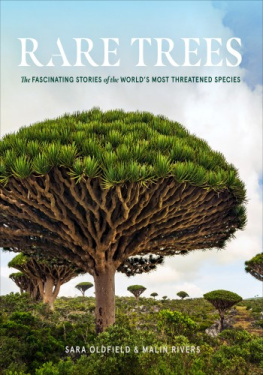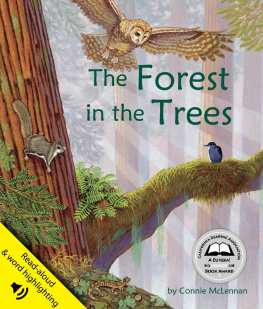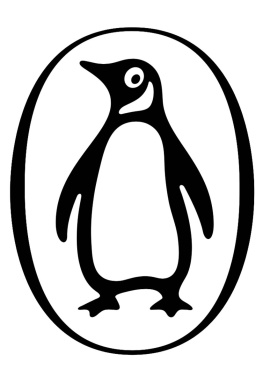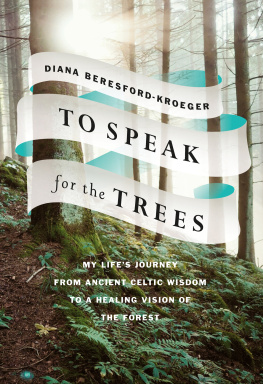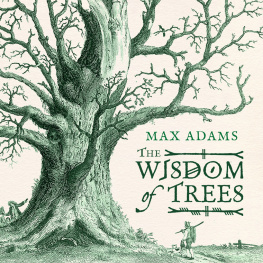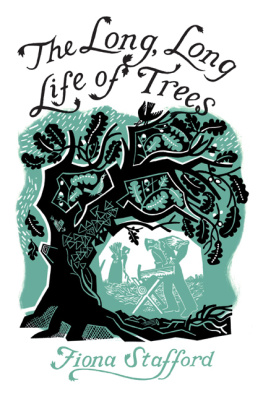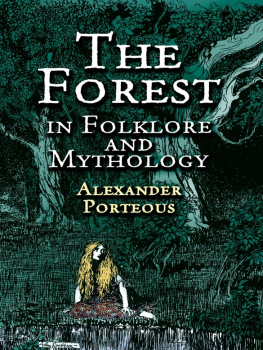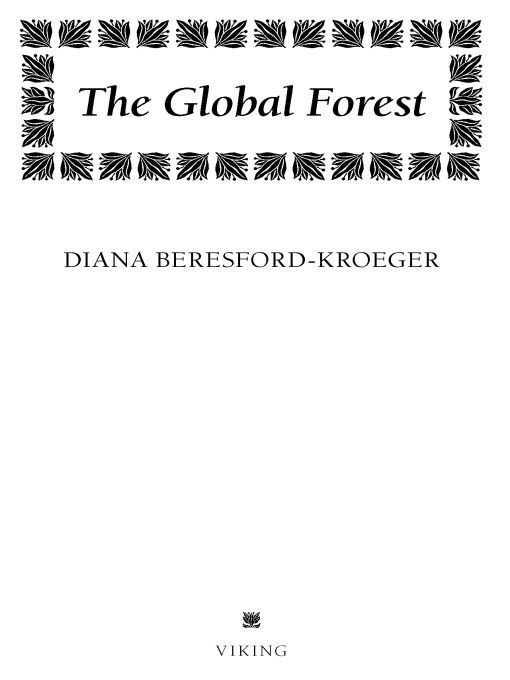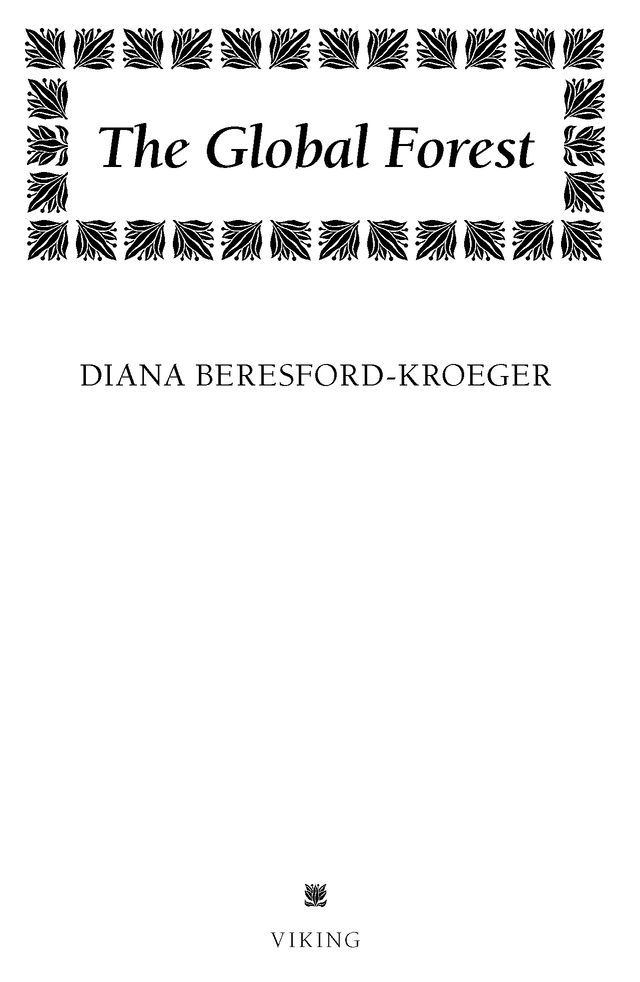Table of Contents
ALSO BY DIANA BERESFORD-KROEGER
A Garden for Life: The Natural Approach to Designing, Planting, and Maintaining a North Temperate Garden
Arboretum America: A Philosophy of the Forest
Time Will Tell
TO ERIKA
A palm so small
it fits in mine,
Mother and Child
of the universe.
You are of me
a song of love,
you sit beside
all that is beautiful
in you to be.
INTRODUCTION
The landscape of my youth was an Irish one. The fields were filled with the brilliant chrome yellow of furze. In between these bushes the grasses grew that softly sang the green of a perennial life. There never was one word spoken to remove those bushes and make way for more pasture. The furze was part of nature, part of the whole that worked together to sustain both man and beast.
I was small enough to squeak through the holes in the hedges to follow the horses and the one brave donkey that endured my affections. The cows were there, too, with a handful of sheep. They were all out in the morning pasture that they loved. This field was large and steep. It rolled down to a stream that ran out of the foot of the field amid some outcrops of black rocks. This field gathered up all of the morning sun and the grasses held all of the morning dew.
I knew what the horses and the donkey would do. They would approach the furze bushes. They would dip their noses down into the bright yellow blooms and smell along the cropped line of the bush until they got to the spot they wanted. Then they would pull back their upper and lower lips in a grimace, exposing a double row of long browning teeth. They would open these teeth and continue the contour of the browse line with a sharp neat snip. This was followed by the comfortable ruminations of a green breakfast and all of the soft sounds of swallowing and gentle mobile breath. Tails would flick at nothing, always in a cascade of unison.
I was in forbidden territory. I was five. The horses and especially the donkey were dangerous. I was told time and time again to stay away from their feet, especially the hind legs. But I was not interested in those legs. I was interested in the teeth and most especially in the bushes they were so carefully eating. I got my own reward from all that observation and it came in the form of a field mushroom, Agaricus campestris, a delicious product of dung. The bush the creatures so delightfully clawed was the furze or common gorse, Ulex europaeus, the larger of the two Ulex species common to Irelands hills and valleys.
This one of the two species on the farm firmly hugged the hedgerows. The other smaller, squatter species was down near the stream in the company of the black rocks. This dwarf version, U. gallii, was more prostrate and easier for me to examine. My overwhelming interest in these shrubs was in their yellow pealike blooms which could be opened by a slight sideways squeeze to reveal a hidden interior. And both shrubs had unmerciful thorns of unbelievable sharpness. I could not bear for my small hand to rest on them, but the horses and one donkey quite readily managed to eat with relish. The cows did not share these same fodder feelings.
When I was still younger, somebody in the household had brought me along while they were hanging out the weeks washing. All the clothes, including my dresses, were stretched out on these furze bushes. The weight of the damp clothes pressed down on the thorns which pinned the clothes in place. As the clothes dried in the sweet sea breezes off the Atlantic, my dresses were filled with pinholes of aeration. The cotton fabric took on the look of the furze bushes, which delighted me no end.
As the autumn sun parched the mountains, they and the distant fields rolled into a purple bed. The tiny bells of heath, the flowers of heather, rang the way for the scorching of brackens. The dung from the horses and donkey melted, crumble by crumble, into the green grass. And from this mixture a mushroom arose. It was huge, with wide breathing gills like a fish. When I looked down the field from my perch, there were mushrooms everywhere, brown and white stalwarts with ruggedly strong stipes and pink-fleshed buttons just blinking at the first morning light.
I gathered up the front of my dress and picked into it. I arrived back at the farm with my first feast. In the kitchen, a laugh followed by several chuckles greeted me. The mushrooms were shaken free of their dirt. A nub of homemade butter was put into each. They were placed on the bastible baking dish over an open peat fire.
Strings of knowledge connect this memory in my mind. The furze, the Ulex species, are members of the Leguminosae or pea family. This family is an avid nitrogen fixer. The horses need this nitrogen in their diet. The dung was rich in it. This, in turn, induced the field mushroom to fruit. And, then... I had my feast.
This was as impressive for a five-year-old as it still is to me today. The forests and our lives are connected and interconnected in ways that we can only wonder about. Sometimes science walks in and answers. Other times the answers are so simple that they are obvious in themselves. It is out of this child, this field with its golden furze, that this book was born.
But this book has experienced the hand and mind of another teacher, one that is long gone, one who was a drifter in the Irish landscape. He landed like a butterfly filled with knowledge of the ancient sort. He always came in the night, through the scented darkness of the btharn, the little roadway, into the farmhouse. That man owned a piece of tradition in the turf-warmed kitchen in common with all of his kind. That property was a settee, a leaba shuochin, a hard, deal bench that was his bed and his seat by the community of the fire.
This drifter was the Seancha, or traditional storyteller. He was the keeper of legends and oral traditions of his Irish brethren. These were passed down within his family lines to share with all who would hear. He was the living memory bank of his race... he was the one! The Seancha was the most important visitor to the farmhouse. All else came after him in the pecking order. His voice held the mysteries of life itself and his riddles encased them in that ancient throne of Gaelic wisdom.
When he was fed and settled by the turf fire, the hills emptied to his heels. The local farmers came smelling of sweet hay and freshening cows with rod and perch in their brains. The mountain people came through the half-door with a windy billow of an Irish poem. They all came. They always stayed because the night, that night, would be so sweet.
The Seancha began like a wet dog, rounding his backside in the three-time circle of the wolf. He threw his idea as a refrain into the flames for it to float around, to be chewed upon, to be thought about and finally to be digested. The idea was always short, sometimes in Gaelic, sometimes not. The words were carefully fed out, as the backside settled into its stride, forming the short refrain. This piece was passed along from person to person in the wonder of itself like an echo of the past into its own domain. And then the story began.


